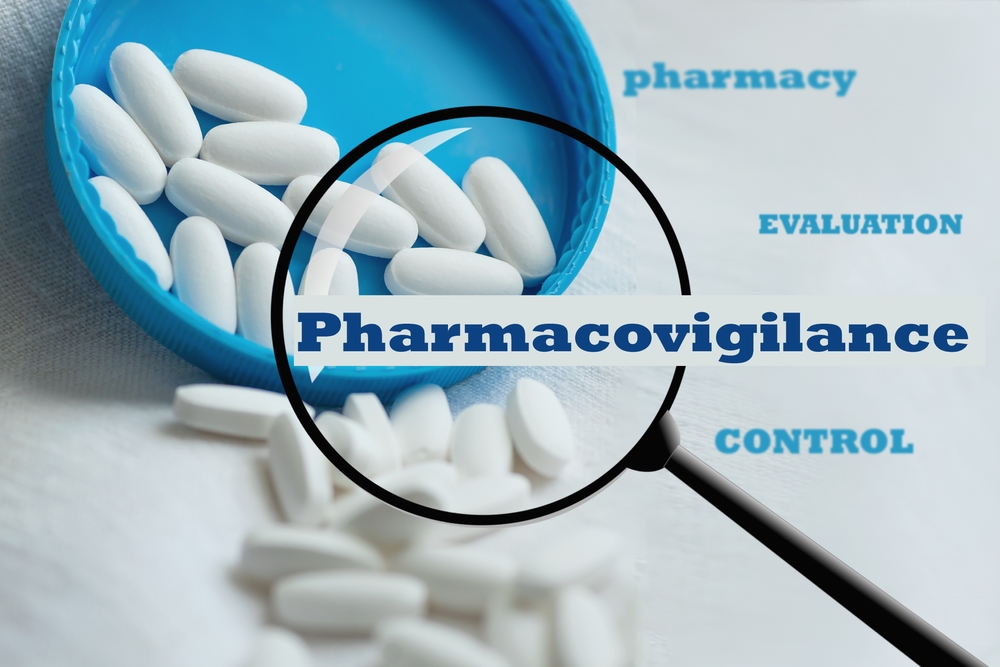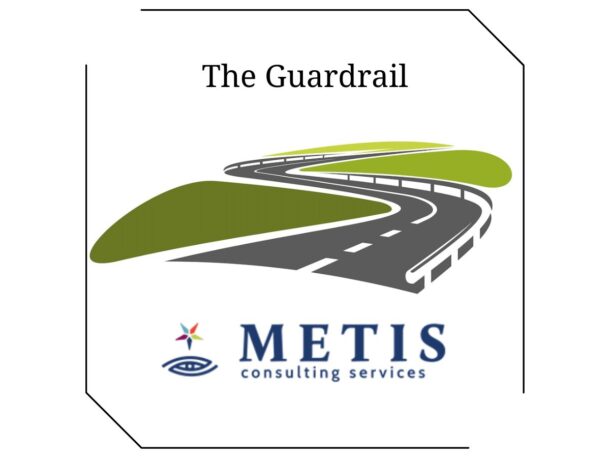
Pharmacovigilance (PV) is the process of monitoring, detecting, assessing, and preventing adverse effects or other drug-related problems. It aims to ensure the safety and efficacy of drugs after they have been approved for use. While the primary objective of PV is to protect public health, organizations can also use it to their advantage in the marketplace. This month we will discuss who is responsible for Pharmacovigilance and the sources of pharmacovigilance data. We will look at PV in clinical trials and Post-marketing surveillance and explore how PV can become an organization’s asset or edge in the market.
Pharmacovigilance (PV)- Pharmacovigilance, PV, Drug Safety,
what is the difference?
Drug Safety is the process during the clinical part of drug development. Pharmacovigilance is the process in the post-marketing realm, and they are used interchangeably. Pharmacovigilance is the science of collecting, detecting, assessing, monitoring, and preventing adverse effects with pharmaceutical products.
Three components of PV are:
- Data Collection (where PV links with Data Management (DM) and Clinical and Medical Affairs).
- Data analysis (which is where PV links with Biostatistics).
- Reporting (which is where PV links with Regulatory).
The stages of Pharmacovigilance are:
- Detection – the collection of Individual Case Safety Reports (ICSRs) – which come from:
- Clinical Trial Data (during the IND stage, Clinical/DM, and Post-Marketing)
- Registries – with predetermined scientific, clinical, or public health purpose
- Spontaneous Reports (post-marketing Medical Affairs and clinical IND)
- Literature Reports (IND and Post-Marketing or NDA)
- License Partners (based on Safety Data Exchange Agreements (SDEAs))
- Assessment – also called case processing
A. Triage – establishing the validity of ICSR – must contain the following four elements:
(1) An identifiable patient
(2) An identifiable reporter
(3) A suspect drug
(4) An adverse event
B. Data Entry – into the safety database –
(1) Seriousness determination
(2) Coding of adverse events using the MedDRA dictionary
(3) Causality assessment
(4) Labeling assessment
(5) Clear and concise narrative - Query Process – if additional information is needed, the reporter receives queries and clarifies any discrepancies in the data provided.
- Medical Review – the first step in Signal Detection. The Safety physician reviews safety information for causality, seriousness, and labeling and provides company PV comments.
- Pharmacovigilance Process: Understanding the drug profile:
a. Aggregate data is reviewed using the following:
i. Periodic Benefit-Risk Evaluation Report (PBRER) – all spontaneous and clinical trial cases reported during the review period. These are analyzed in detail, and a benefit-risk analysis is presented.
ii. Specific adverse reaction follow-up information is collected. These suspected adverse reactions provide structured data. That data is reported for risk presentation.
b. Signal Analysis is performed.
c. The Risk Management Plan is executed.
d. Development Safety Update Report (DSUR) is prepared.
e. All of the documents mentioned above are submitted to regulatory authorities.
f. Prevention of Adverse Effects
i. Perform Risk Minimization Activities: update the Summary of Product Characteristics, Patient Information, Labeling and Packaging of the product, and legal status of the product.
ii. Monitoring of Risk Minimization Activities
International Conference on Harmonization Definitions
Adverse Event (AE): any untoward medical occurrence in a patient or clinical investigation. The AE does not necessarily have a causal relationship with a particular pharmaceutical product, even though the patient(s) may be taking it at that time.
Adverse Drug Reaction (ADR): in the pre-approval clinical experience: all noxious and unintended responses to a Medicinal product related to any dose should be considered adverse drug reactions.
In the post-approval experience: ADR is noxious and unintended and occurs at doses typically used in humans: for prevention, diagnosis, disease therapy, or modification of physiological function.
Unexpected Adverse Drug Reaction: an adverse reaction, the nature or severity of which is not consistent with the applicable product information (Investigator’s Brochure for an unapproved investigational medicinal product.)
Serious Adverse Event or Adverse Drug Reaction (SAE, SADR): during clinical investigations, adverse events may occur which, if suspected to be medicinal product related (adverse drug reactions), might be significant enough to lead to salient changes in the way the medicinal product is developed (e.g., change in dose, population, needed monitoring, consent forms)—especially reactions which, at their most severe, threaten life or function.
A Serious Adverse Event or reaction is any untoward medical occurrence at any dose:
- That Results in Death.
- Or Is life-threatening*
*Life-threatening in the definition of “serious” refers to an event in which the patient was at risk of death at the time of the event. It does not refer to an event that hypothetically might have caused death.”
- Requires inpatient hospitalization or prolongation of existing hospitalization (hospital admittance, not an ED visit)
- Results in persistent or significant disability/incapacity, or
in a congenital anomaly/congenital disability (previously termed “Birth defect.”)
In clinical investigations, fatal or life-threatening unexpected ADRs require notification as soon as possible. The sponsor must report them by seven calendar days after first knowledge that a case qualifies.
Serious, Unexpected, Suspected Adverse Reactions are also known as SUSARs.
The sponsor must notify health authorities of SUSARs that are fatal or immediately life-threatening as soon as possible. These must be reported by 15 calendar days after the first knowledge by the sponsor.
Why must the entire company be trained on Pharmacovigilance Reporting Policy?
We sometimes call it The Cocktail Party Rule because anyone who works for the company, including a consultant, contractor, sales representative, or vendor who works on the product, has the responsibility to report to the pharmacovigilance group information about any adverse event that they are told of, including but not limited to in a social situation.
You know those times when you are out in public making small talk about what you do and for whom? And someone says, “Oh! My cousin takes their drug! They had XYZ happen!” You are now responsible for reporting that. A company representative learning of an adverse event starts the reporting clock. Adverse event forms are associated with the company policy, and websites are often specifically dedicated to AE reporting. It is critical to collect all available information about a product. And this reflects on the accuracy and assessment of the safety of that product.
How does all this become a competitive advantage?
Pharmacovigilance is one of the most potent tools pharmaceutical companies can use. It isn’t just a requirement for clinical research. It can also bring several advantages to pharmaceutical organizations:
- Improved product safety.– The ability to quickly identify drug-related safety concerns and develop strategies to address them allows companies to differentiate their products in a highly competitive market.
- Increased patient satisfaction – A solid pharmacovigilance system immediately identifies potential safety risks. This leads to higher levels of patient satisfaction and brand loyalty.
- Enhanced regulatory compliance – Monitoring potential safety risks and implementing corrective measures help companies meet regulatory requirements in real time.
- Streamlined risk assessments – With the ability to track patient outcomes, companies can quickly identify potential safety risks and develop strategies to address them.
In today’s highly competitive pharmaceutical market, having a solid pharmacovigilance system isn’t just checking a box for a requirement. It can give companies the edge they need to succeed. Strong pharmacovigilance measures can help your organization stay ahead of the competition and protect customers from potential risks. As well as minimize potential regulatory fines.
Implemented deftly across all departments, PV can increase the effectiveness of pharmaceutical companies, their products, and services, reducing risk and improving performance and profitability. Companies can also use it to improve customer safety, satisfaction, and loyalty, benefitting long-term growth and success.
If you’d like to know more about how our consultants can help your company with our training programs, reach out to us here.


Recent Comments